Meet Tina Demirdjian | Poet, Arts Educator, Culture Bearer
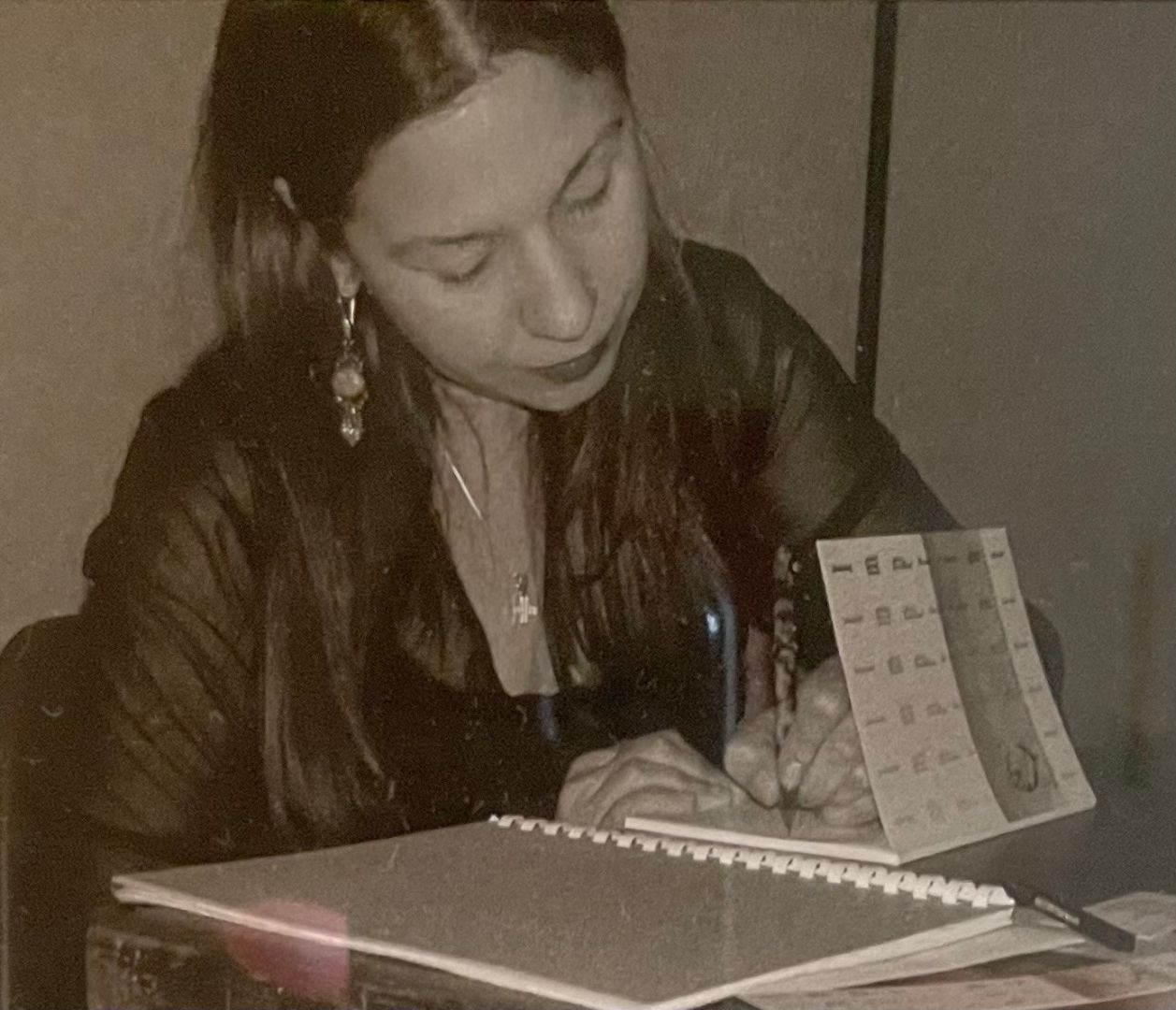
We had the good fortune of connecting with Tina Demirdjian and we’ve shared our conversation below.
Hi Tina, we’d love to hear about how you approach risk and risk-taking
“And the day came when the risk to remain closed tight in a bud was greater than the risk to blossom.” That was a quote from Anais Nin that I kept on my bulletin board for six months before I made the decision to leave my 9 to 5 job more than 20 years ago. At the time it also meant that once I made the decision, I needed to move forward. My mother was 60 years old and she had gotten breast cancer and I was her caretaker. How ironic that I now am 60 years old. I remember after one of her chemo treatments, we had lunch together. For the first time in years, I felt free. It was that freedom that gave me the courage to go to events, introduce my work, show how I believed that poetry could empower students through literacy, language development and self-esteem. I had already been teaching poetry for 10 years, and I knew each student could write a poem because each student DID write a poem in my class. However, taking that risk also meant that I might need to make adjustments as economic downturns like in 2008 brought my contracts to a halt. I took a risk and asked that same boss for part-time work so that I could support myself and my family since I then had a young child too. Taking risks didn’t always mean getting exactly what I wanted, it meant I took a step forward, engaged in all opportunities to build my poetry business, and when I couldn’t I found a way to supplement not only with income but with new experiences in the workplace that eventually added to my current practice.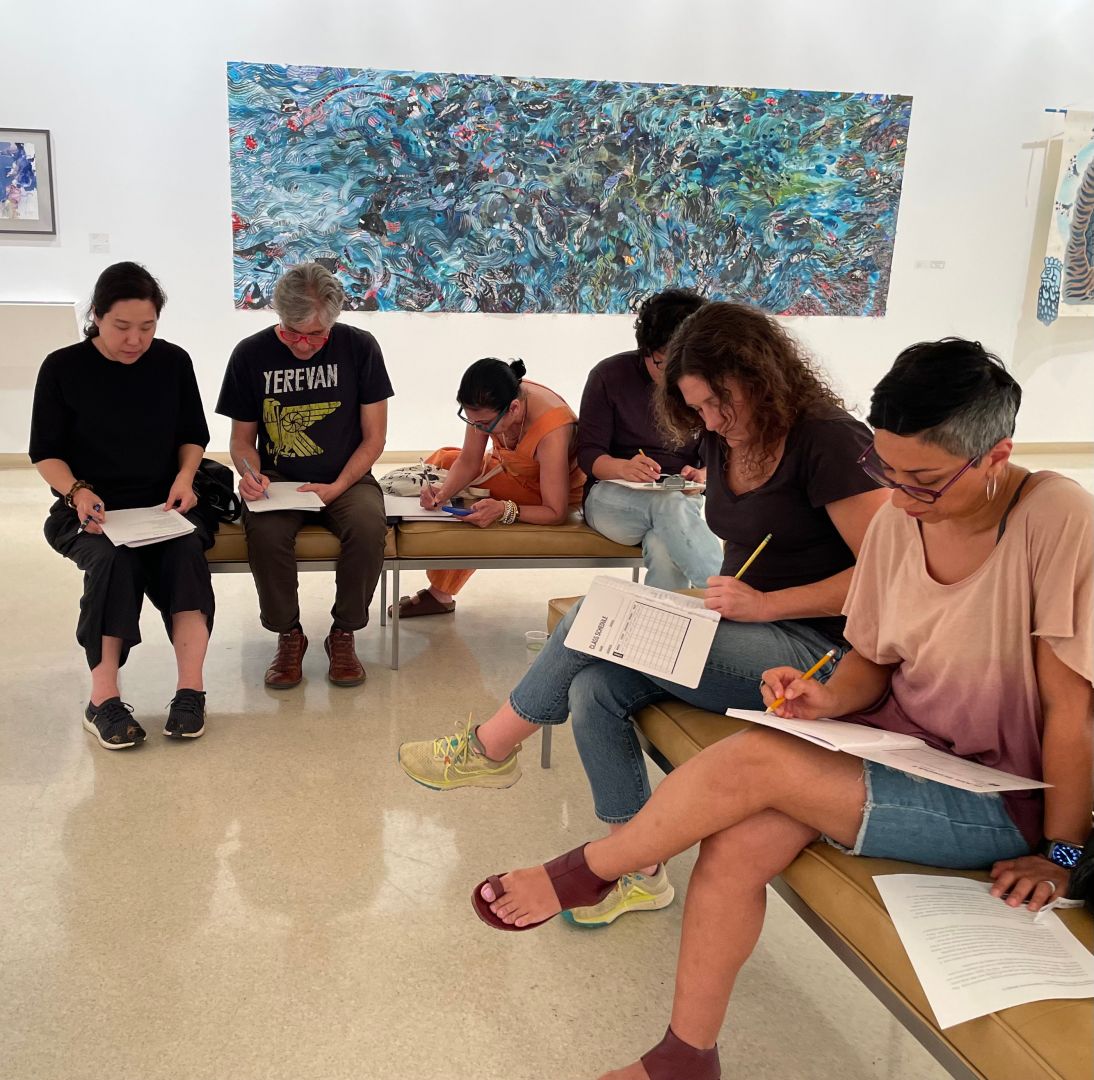
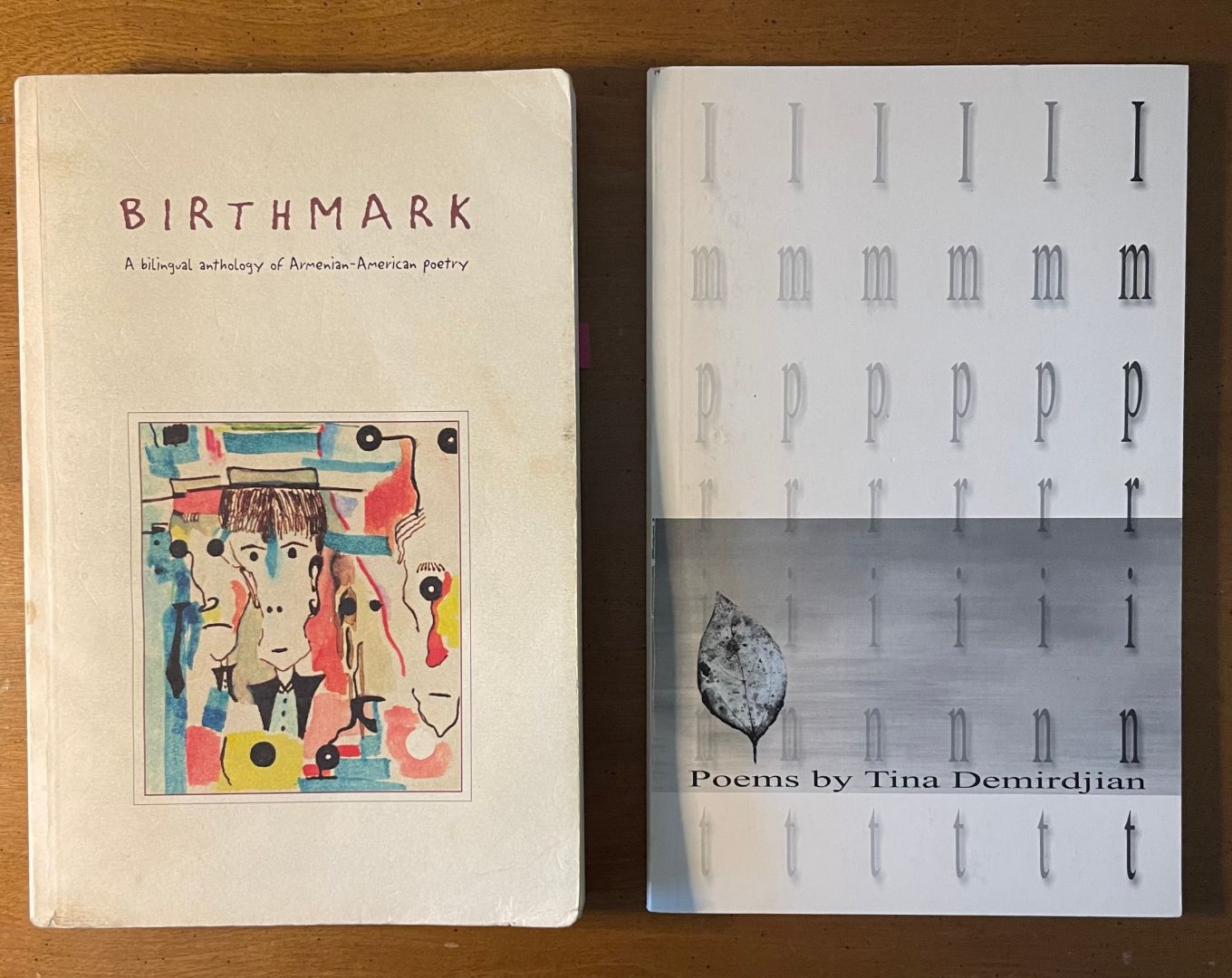
Can you open up a bit about your work and career? We’re big fans and we’d love for our community to learn more about your work.
The story begins on the inside–about remembering my journey–from the moment I left Homeland: Neighborhood Cultural Center after that first poetry workshop with Manazar Gamboa. I wanted to stop on the 710 Freeway North to write the lines that were streaming through my head. Poetry was spilling into the car, and I finally got off at my exit, parked in front of a 7/11 and began to write. That was in 1990. It went from that passion to “now what?” Those years were full of uncertainty, an on again/off again job with an education non-profit that taught me a lot of how to run my own business, and learning how to speak about my work as an arts educator, getting contracts, waiting and waiting, and then understanding that any project I was interested in had to start with dipping my toes in first. For the longest time I had three resumes: one for administrative jobs, another for poetry and arts education, and one more for my work as the founder and co-director of the Armenian Dress & Textile Project. All three resumes addressed various skills and experiences in the field, but as time passed I realized I acquired–over decades of work–the potential to integrate all of those skills and that made me stronger, I believed in myself more, trusted the actions that I was taking while all of this connected me with a wider community. My business, POETRY CONSULTS, is a culmination of my years honing my practice and developing how I wanted to make impact in the community in classrooms, museums and businesses.
Those 30 years led to many poetry readings throughout Los Angeles, publication in journals as well as my first book, “IMPRINT”, and as a contributor to Birthmark: a bilingual anthology of Armenian-American poetry. My creative practice now includes research in physics, neuroscience and how it relates to subjects in my poems, how one learns to write poetry, and what lights up in our brain when we do. My interest and enthusiasm to include a more multidisciplinary approach–to both writing and teaching–is elevated because as I’ve deepened my practice, my own world view has expanded.
My observations into nature, memory and the lack of memory, my commitment as a culture bearer in the Armenian diaspora, and the process of aging shape my need to create greater impact through poetry, and my vision of engaging the community-at-large through writing, editing, and reciting poetry as a means to lead in one’s life. In fact, a leadership and literacy program is how I am now dipping my toe in first.
This vision is a compelling path for me, and how I’ve chosen to live in the world. Writing poetry forms a symbiotic relationship that enhances my work, leads me to subjects and observations that are more acute, and provides the questions asked in my poems. In my new manuscript: “Ardemis and the Book of Questions” I am led by the everyday occurrences that form into the questions we all ask. It is both a testament to a life lived through poetry, and a life still uncertain, yet, curious for the road ahead.
I write everyday; even for 10 minutes. Consistent and timely, it is the golden thread that binds my work, and builds a collective memory to continue the process of editing, rewriting and opening up to new work. Opening up to new work includes using poetry as a vehicle to produce both visual and multimedia art to engage the public through exhibitions and poetry readings. It also means addressing the power of process in creating art in a new venture: “Pairings: A Poetry Experiment” that bridges my creative practice with my research in neuroscience, and its power for the community-at-large.
The power of where I come from and my relationship to my ancestors also informs my work and allows me to rediscover the connections to my past; an arch that reaches both backwards and forwards to the future. I am a poet; a woman, and of Armenian origin. My ethnic background is enhanced because it is one of three elements that travel that arch. Through this journey I’ve discovered the stories of my ancestors. I grew up in New Jersey, later moved to work in Washington, D.C. for my first job out of college, and have now lived in California for more than 30 years. It is here that my roots grow and that my work deepens and addresses the arch of ancestry, aging, time, and memory in a second manuscript titled: “I Want to Wrap Myself in Grapeleaves.” My service through the words of my poems, and my commitment as an arts educator and arts advocate is to lead through poetry, and to have others discover their voice and how they can use it to lead in their own lives.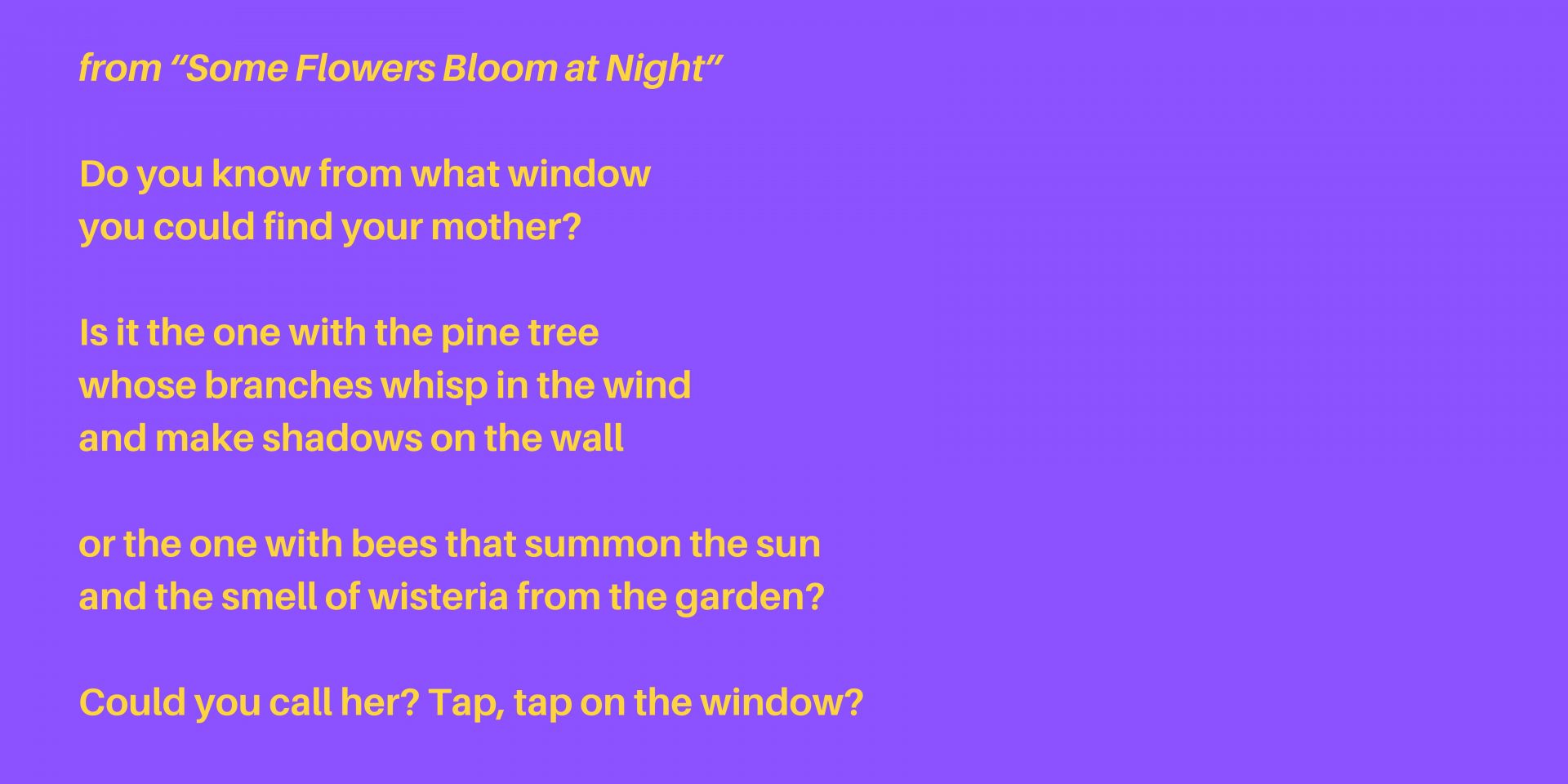
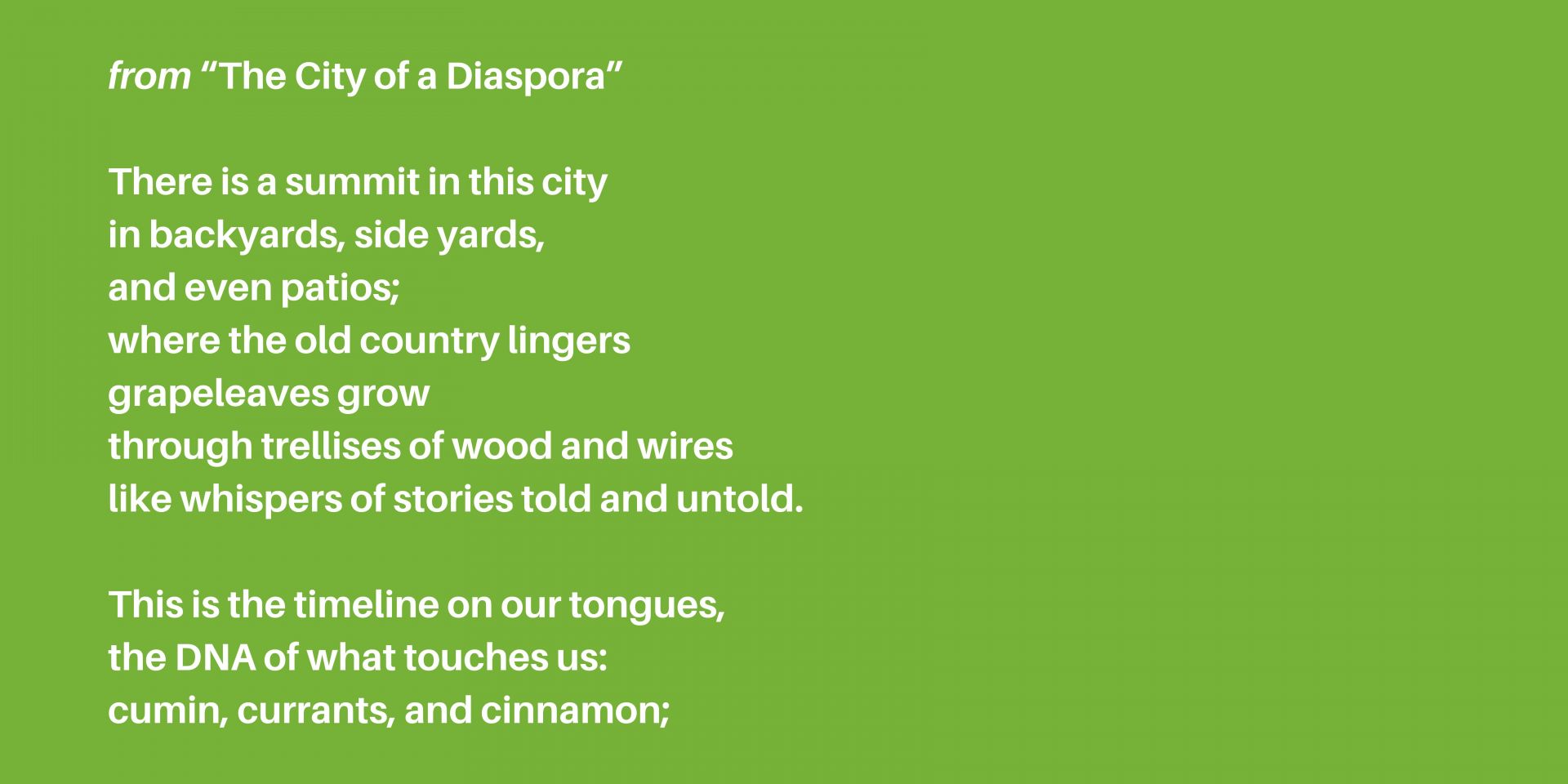
Let’s say your best friend was visiting the area and you wanted to show them the best time ever. Where would you take them? Give us a little itinerary – say it was a week long trip, where would you eat, drink, visit, hang out, etc.
Oh where to begin and what side of Los Angeles. One place on the westside is “The Lake Shrine” in Pacific Palisades. It is a cherished sanctuary for my family of three as well as several friends. More towards my neighborhood: Won Kok in Chinatown, La Abeja in Highland Park (best Huevos Rancheros!), Palermo’s in Silverlake (where my husband and I went on our first date), Raffi’s in Glendale ( an Armenian hot spot) and movies at the Laemmle in Glendale (use the Premier card and get great discounts!) and finally Brand Library & Art Center in Glendale (my happy place where I’m also on the Board and facilitate ARTful Conversations, a collaborative art history and poetry workshop using the art in the current exhibits…check out upcoming FREE workshops https://www.brandlibrary.org/programs)
I’d take my friend to Abril Books in Glendale http://www.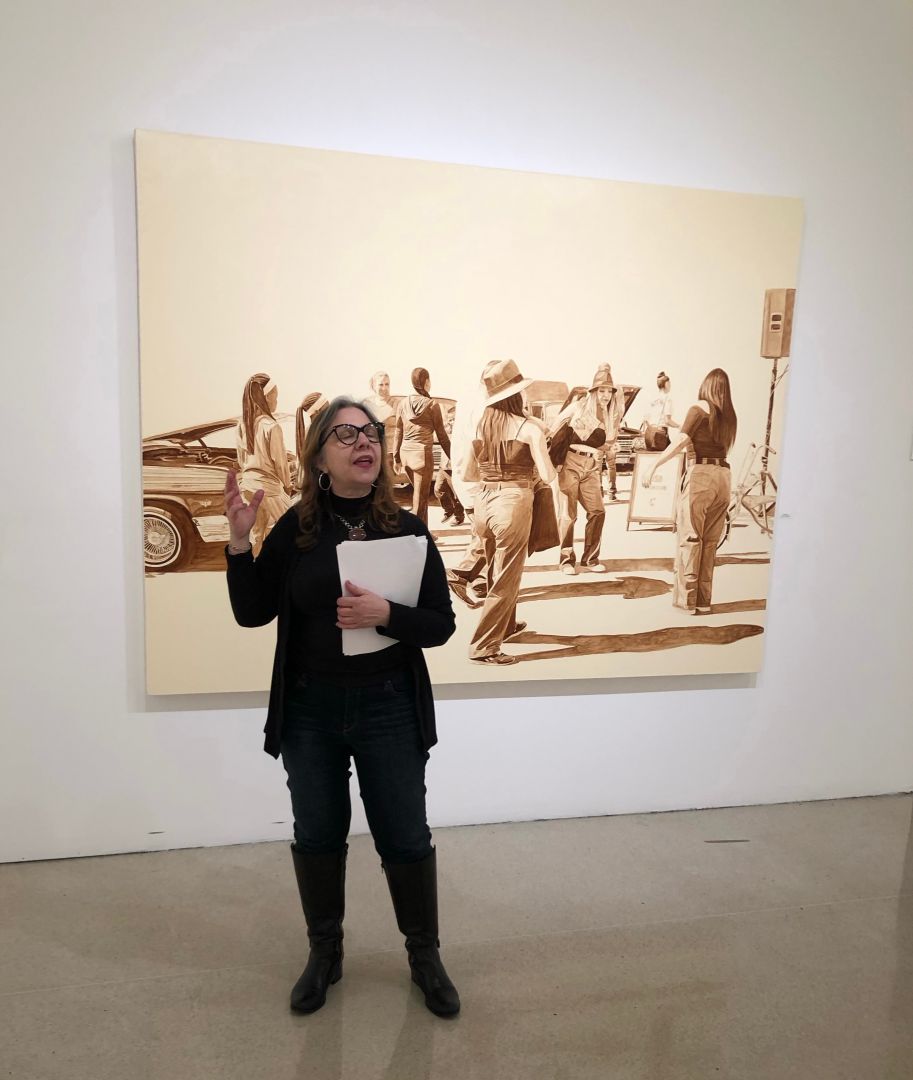
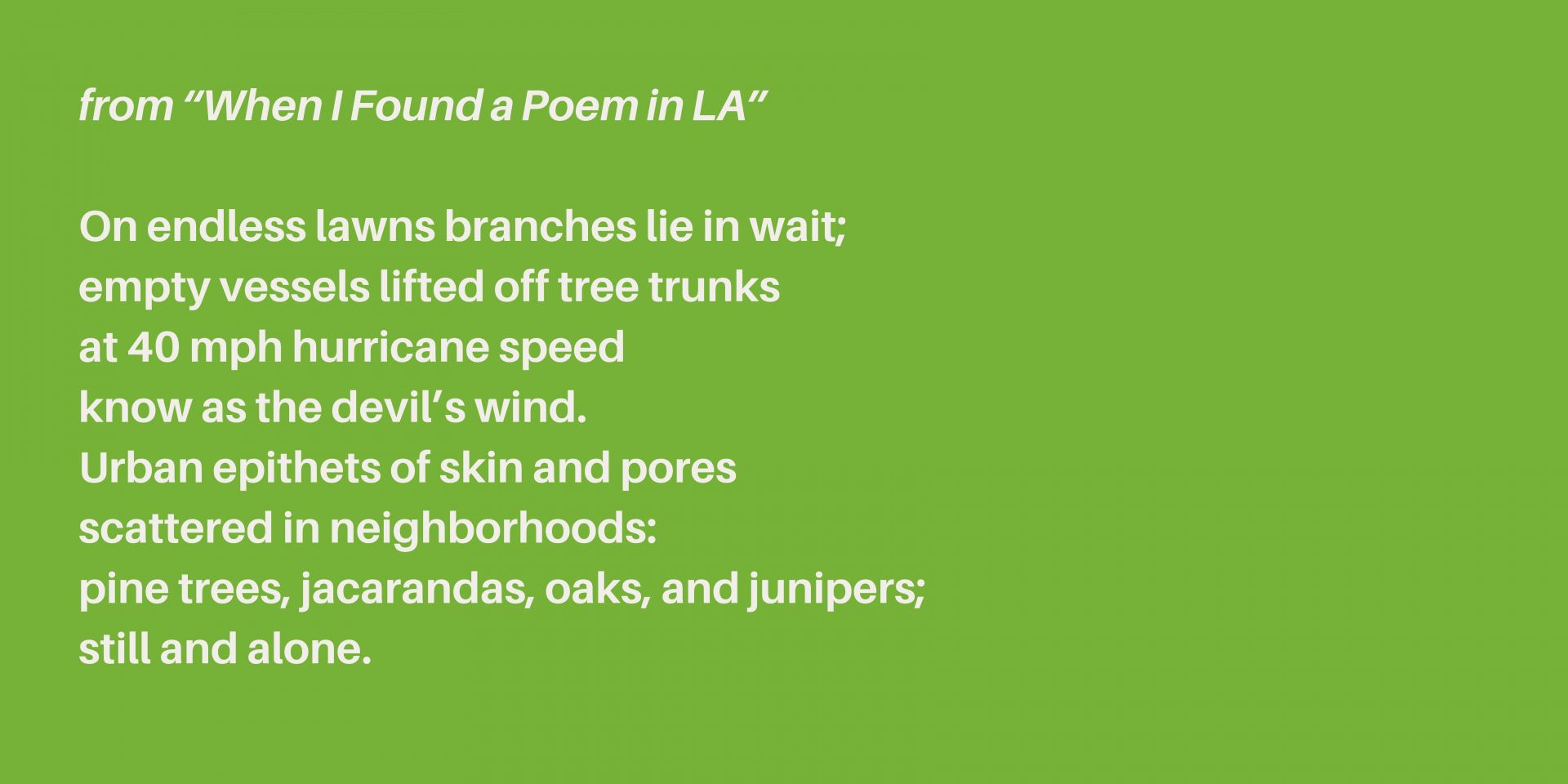
Who else deserves some credit and recognition?
When we trespassed behind a Catholic School for girls in Los Angeles and walked up the hill behind Dodger Stadium and above the 110 Freeway North, I knew Manazar Gamboa had not only inspired me to write and teach poetry, but the train of devotees walking before me and behind me on that trail was a testament to how many lives he had touched. It was a journey for all of us because he gave us the time and care to set us on our own journeys to become writers, artists and above all else to trust ourselves. In a poem dedicated to him, I wrote: “At 1:30pm the sky/polished itself./Rain gods pushed away./We trespassed for your/solemnity,/standing on a hillside/like fifty scattered trees./The blow-horn of a gourd/raised you now in our hands./Your pearly white smile/became dust beneath our feet./ Manazar had spent most of his adult life (he died at 65) in prison. He was a child when Chavez Ravine was raised and Dodger Stadium was built. He used to joke, “our home was what is now third base.” But what he gave me was a sense of myself. It was a belief that I had stories to tell; that everyone had stories to tell, and that poetry was a means to uncover a piece of ourselves that was lost. It was the first time someone believed in “how” I wrote. I was in my late 20’s and had just arrived in Los Angeles months prior. Meeting Manazar who worked with kids in juvenile hall by teaching them poetry taught me the power of words. We first met at Homeland: Neighborhood Cultural Center where he was Co-Director with Dixie Swift. She had offered me a job to create a manuscript about Hmong in the Long Beach area taken from interviews with Manazar. At the end of a meeting with her, he asked, ‘why don’t you stay for the poetry workshop?”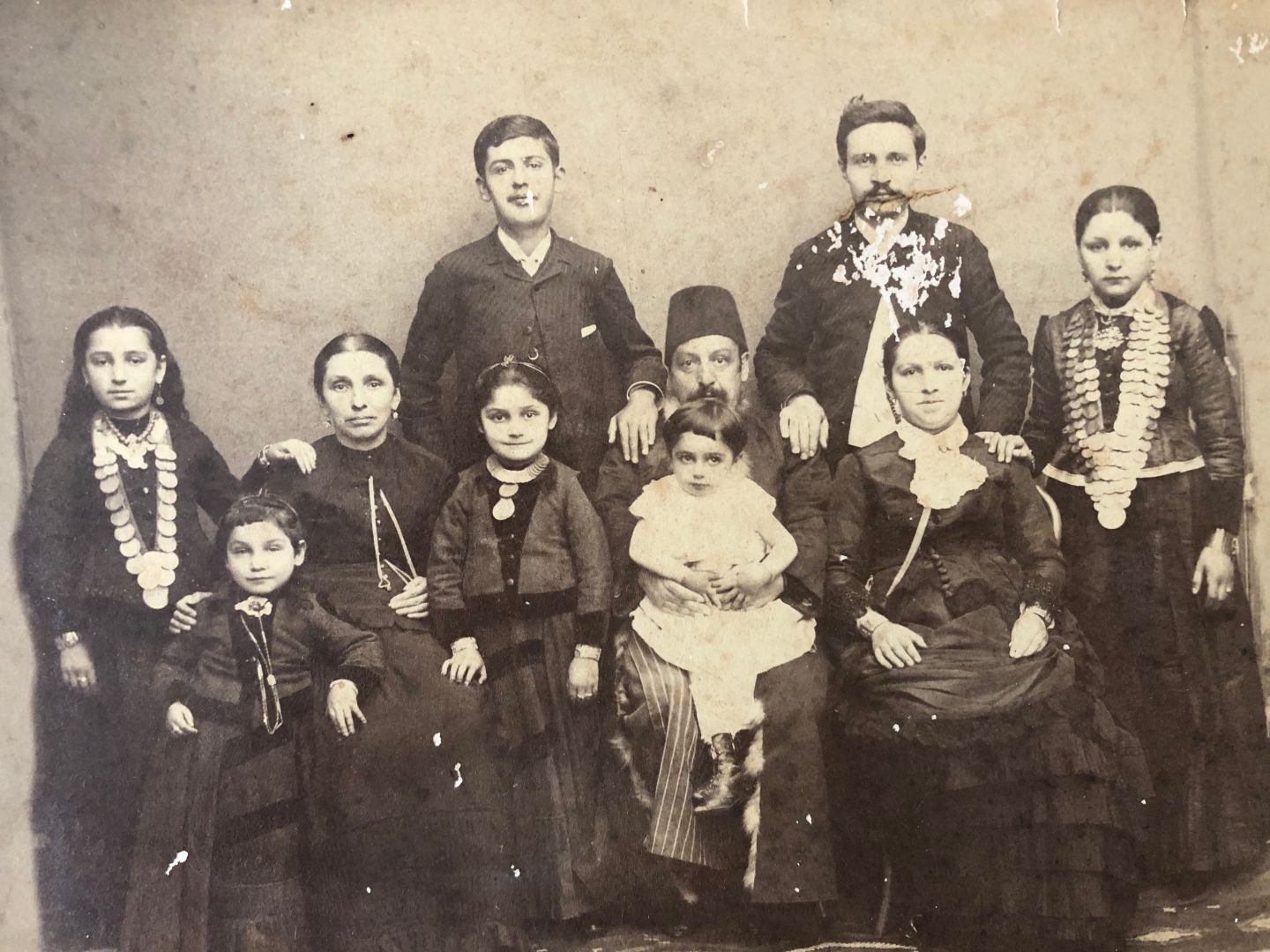
Website: www.poetryconsults.com
Instagram: @poetinastudio
Linkedin: linkedin.com/in/tina-demirdjian-a102488
